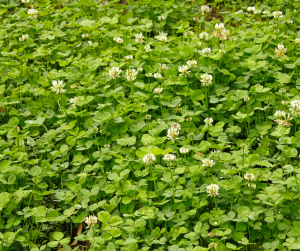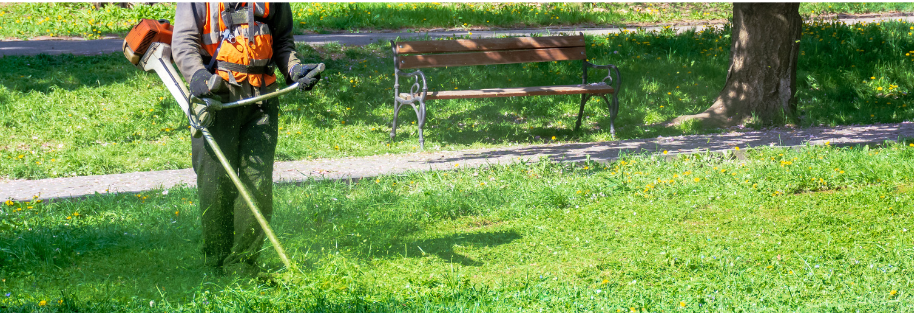If you’ve invested time and money in nurturing a healthy, beautiful lawn, there’s nothing worse than discovering that lawn weeds have infiltrated your turfgrass! Spring is the time of year when grasses and weeds alike like to show off their return to full health and vigor. You’ll need to keep a close eye on your lawn as greenup begins and be prepared to address weed issues as they arrive. For those new to the landscape profession or those homeowners interested in being more proactive with their lawns, there are two different common weed types, broadleaf and grassy. Broadleaf weeds are easy to identify because they have wide leaf blades and don’t resemble grass, whereas grassy weeds are similar in appearance and growth to regular lawn grasses. Recognizing those weeds is the first step in eliminating them and keeping them from coming back.
Lawn Weeds 101: Identifying & Managing Common Weeds
Below are some common lawn weeds that can sneak in, and best practices for managing them. The fact is, that weeds thrive in poor, undernourished soil. One of the best ways to minimize weeds is to simply take the time to maintain a healthy lawn.
Crabgrass

A blue-green grassy weed, crabgrass grows low to the ground and in a crab-like oval shape. It will die off after the first frost in fall, but it’s still an unwelcome visitor when it shows up. Frequent mowing or removing seed heads before they mature are natural ways to manage this lawn usurper, but more developed cases can be treated with herbicide.
Creeping Charlie

Dark green scalloped leaves that grow close to the ground in shady or moist areas with poor soil. Postemergence broadleaf herbicide is your best bet for dealing with this weed.
Dandelion

With green leaves that grow flat to the ground and tell-tale yellow flowers that fade into wispy white puffs, dandelion is easy to recognize. It most commonly appears in spring and fall. Hand weeding or herbicide will work in removing these weeds from a grass lawn.
White Clover

The classic three-leaf clover is not as lucky as its four-leaf counterpart. Lawns with nutrient-deficient soil and patchy coverage are most likely to see this intruder. You can manage this weed via hand pulling or herbicide.
These are just a few examples of lawn weeds, but if you’re diligent in eliminating them quickly, you can prevent further encroachment. The first step in lawn weed prevention is understanding what nutrients your lawn needs to grow grass. Additionally, mowing often enables the removal of the vegetative and reproductive parts of many weeds, which limits their ability to grow and reproduce. This also encourages turfgrasses to branch and creep along the ground, helping to outcompete these weeds. Finally, some varietals of zoysia grass or bermudagrass (like TifTuf) can offer a stronger resilience to weeds and pests.
